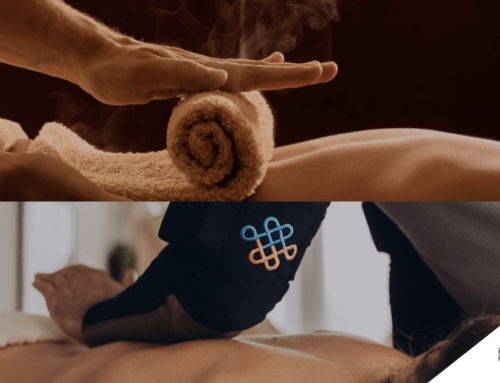Top Manual Therapy Trends for 2024: Burnout Prevention, AI Integration, and More
As professionals in the field of manual therapy, we continuously strive to stay abreast of the latest advancements and improvements. Keeping up with new developments is not only crucial for maintaining our expertise but also for ensuring we meet the evolving needs of our clients. Failing to adapt and relying solely on outdated techniques can lead to losing clients to practitioners who offer more effective and modern solutions. In this context, it’s essential to explore the current trends and advancements in manual therapy for 2024.
Addressing Therapist Burnout
One of the most pressing issues in manual therapy is therapist burnout. This phenomenon is particularly significant in our field due to the intense physical and emotional energy required. Burnout can significantly impact our effectiveness, job satisfaction, and overall well-being. Recent statistics indicate that 72% of physical therapists frequently experience burnout (source: Worldmetrics). This high rate underscores the importance of implementing preventative measures to combat burnout before it becomes a severe problem.
Preventative strategies include incorporating stress management techniques, providing psychological training, and making systemic improvements within the field. Stress management techniques could involve mindfulness practices, regular physical exercise, and adequate rest. Psychological training might focus on resilience-building and coping strategies to better handle the demands of the profession. Systemic improvements could involve better support structures within workplaces and creating a more balanced workload. By addressing these areas proactively, we can help maintain our passion and effectiveness in our work, ultimately enhancing our job satisfaction and patient care.
Connecting with Professional Communities
Another effective way to advance our practice is by connecting with other manual therapists through professional groups. These communities offer valuable opportunities to share experiences, insights, and tips. Engaging with peers allows for the exchange of knowledge about the latest techniques, technologies, and treatment approaches. Professional groups also provide a platform for support and encouragement, which can be particularly beneficial when dealing with the challenges of burnout.
Continuing education is a critical component of staying updated with emerging techniques and new technologies. For example, innovative tools such as the ExoArm sleeve are making waves in the field. The ExoArm sleeve enhances practice efficiency and client engagement by reducing the physical demands placed on therapists and providing interactive options for clients. Learning about and integrating such tools can help practitioners maintain their effectiveness and keep their practice cutting-edge.
Holistic Approaches to Mental Health
Manual therapists are increasingly recognizing the importance of managing mental health, particularly in relation to depression. Leveraging the mind-body connection is becoming a more prominent aspect of our practice. This holistic approach often includes techniques such as massage therapy, acupuncture, lifestyle coaching, and nutritional advice. By addressing both the physical and mental aspects of health, we can offer a more comprehensive treatment plan that extends beyond traditional medication-based approaches.
Integrating mental health management into our practice not only benefits our clients but also helps in managing our own stress and burnout. By adopting a holistic view, we can foster a more balanced and effective approach to therapy that addresses the complete well-being of both therapists and clients.
The Role of Artificial Intelligence (AI)
Artificial Intelligence (AI) is making significant strides in manual therapy. AI tools have the potential to revolutionize our practice by analyzing patient data to create personalized rehabilitation programs, forecasting pain patterns, and optimizing pain management strategies. Tools such as wearable devices, virtual reality, and predictive software are becoming increasingly relevant in enhancing patient care.
However, integrating AI into manual therapy requires a nuanced understanding of its limitations and investing in proper training. While AI offers exciting possibilities, it is essential to use these tools effectively and ensure they complement our expertise rather than replace it. Embracing AI tools can lead to more precise and personalized treatment plans, ultimately improving patient outcomes and the overall quality of care.
Exploring the PRISM Model
The PRISM model, developed by the American Physical Therapy Association (APTA) and the National Institute of Health, represents an innovative approach to pain management. This model addresses the multifaceted nature of pain by incorporating integrative therapies and practices. By staying informed about such innovative models, manual therapists can refine their treatment approaches and enhance patient outcomes.
Commitment to Ongoing Professional Development
To remain relevant and effective in the ever-evolving field of manual therapy, ongoing professional development is crucial. This includes engaging in educational sessions, staying updated with the latest research and trends, and actively participating in professional communities. Encouraging your team to invest in continuous learning will position your practice at the forefront of the industry, ensuring you provide the best possible care to your clients.
In conclusion, staying current with manual therapy trends for 2024 involves addressing burnout, connecting with peers, integrating innovative tools, and embracing holistic and AI-driven approaches. By focusing on these areas, manual therapists can maintain their effectiveness, improve patient care, and remain leaders in their field.




